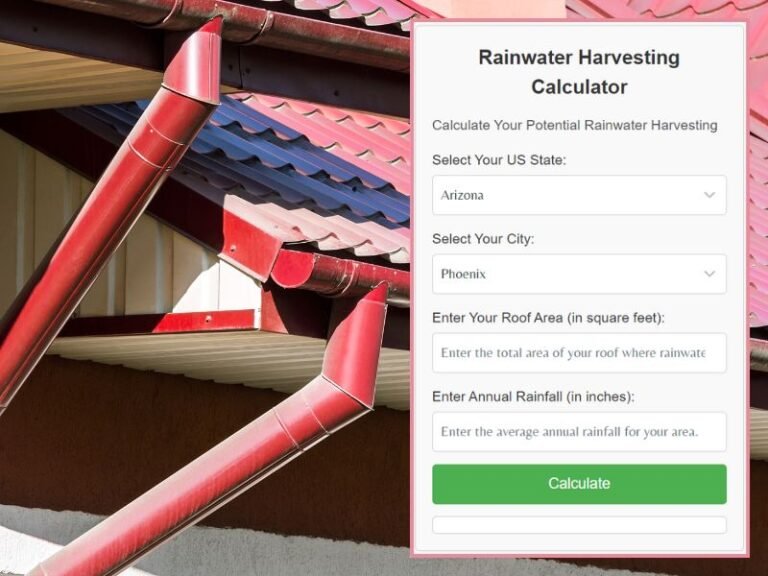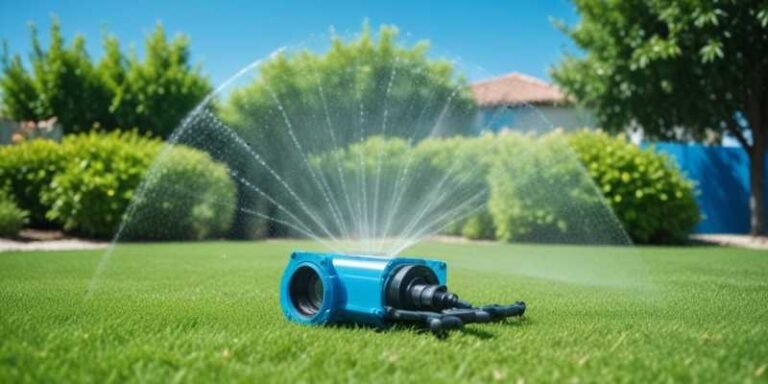Why Rainwater Harvesting Should Be Encouraged: Benefits, Importance, and Economic Advantages
Introduction
Rainwater harvesting is the process of collecting and storing rainwater for various purposes. It involves the collection of rainwater from rooftops, which is then stored in tanks or deep pits. This stored rainwater can be used for activities such as irrigation, cleaning, and even drinking in some cases. Rainwater harvesting is an important practice that helps to conserve water and reduce the strain on scarce water resources. In this article, we will explore why rainwater harvesting should be encouraged and the numerous benefits it provides.
Importance of Water Conservation
Water conservation is crucial, especially in urban areas where water resources are limited. Rainwater harvesting plays a significant role in water conservation efforts. In cities like Tucson, residential water use has been reduced through the implementation of conservation programs and rebates. This reduction in water use not only helps to conserve water but also leads to cost savings for households and the community as a whole. Rainwater harvesting is a cost-effective method of water conservation that provides social, economic, and ecological benefits.
Benefits of Rainwater Harvesting
Environmental Benefits
Rainwater harvesting offers several environmental benefits. One of the key benefits is groundwater recharge. When rainwater is collected and allowed to percolate into the ground, it replenishes the groundwater table. This helps to maintain a sustainable water supply and reduces the dependency on surface water sources. Additionally, rainwater harvesting reduces soil erosion by slowing down the runoff rates and preventing excessive water flow. It also mitigates the impact of flash floods by providing a controlled release of water into the environment.
Reduces Strain on Scarce Water Resources
Collecting rainwater helps to reduce the strain on scarce water resources in multiple ways. By using harvested rainwater for non-drinking purposes such as flushing toilets and watering the garden, the mains supply of drinking water is preserved. This reduces the demand on the water table and ensures that the limited water resources are used efficiently. Rainwater harvesting also contributes to the conservation of mains supply, which is especially crucial in regions facing water scarcity.
Helps in Groundwater Recharge
Rainwater harvesting plays a vital role in groundwater recharge. The collected rainwater can be directed into recharge pits, which allow the water to percolate into the ground and recharge the groundwater table. It is essential to use natural filters to keep away impurities and ensure that the recharged groundwater remains clean and usable. Rainwater harvesting acts as a sustainable method of replenishing groundwater, which is crucial for maintaining a stable water supply.
Prevents Soil Erosion and Surface Runoff
Soil erosion and surface runoff can have detrimental effects on the environment. Rainwater harvesting helps to prevent soil erosion by reducing the velocity of water flow and allowing it to infiltrate into the soil. By collecting rainwater, the amount of surface runoff is minimized, which in turn reduces the erosion of topsoil and the loss of valuable nutrients. This helps to maintain the health and fertility of the soil, promoting sustainable agriculture and ecosystem balance.
Economic Benefits
Rainwater harvesting offers several economic benefits that contribute to increased revenue, job creation, improved productivity, cost savings, and overall economic growth.
Lowers Water Bills for Households
One of the significant economic benefits of rainwater harvesting is the reduction in water bills for households. By using harvested rainwater for tasks such as flushing toilets, washing clothes, and watering the garden, the amount of water taken from the mains supply is significantly reduced. This leads to cost savings over time for households. Additionally, using untreated rainwater for non-drinking purposes reduces the need for water treatment, resulting in further cost savings and minimizing the use of chlorine, which has environmental benefits.
Reduces Dependence on Expensive Water Supply Systems
Rainwater harvesting helps to reduce dependence on expensive water supply systems. By collecting rainwater for non-drinking use, such as flushing toilets and washing clothes, the mains supply of drinking water is preserved. This reduces the reliance on expensive water supply systems and ensures that the limited supply is used efficiently. Rainwater can also be used for irrigation in agriculture, reducing reliance on rain and reservoirs, and promoting sustainable farming practices.
Provides a Sustainable Source of Water
Rainwater harvesting provides a sustainable source of water, which is essential for long-term economic growth. By collecting and storing rainwater, communities can ensure a continuous supply of water for various purposes. This reduces the vulnerability to water scarcity and provides a reliable source of water even during droughts or other water supply disruptions. Having a sustainable source of water is crucial for industries, businesses, and overall economic development.
Social Benefits
Rainwater harvesting offers several social benefits that contribute to improved public health, reduced greenhouse gas emissions, job creation, energy independence, and community resilience.
Improves Access to Clean Drinking Water
Rainwater harvesting improves access to clean drinking water, especially in regions experiencing water scarcity. Harvested rainwater can be treated and used as a sustainable source of clean drinking water. This reduces reliance on municipal water supplies and promotes sustainability. Access to clean drinking water is essential for public health and well-being, and rainwater harvesting helps to ensure that communities have a reliable source of safe drinking water.
Reduces the Impact of Droughts
Rainwater harvesting reduces the impact of droughts by conserving water resources and supplementing water supply in drought-stricken regions. By collecting and storing rainwater during periods of rainfall, communities can ensure a continuous supply of water even during droughts. This reduces the strain on the water table and helps to mitigate the effects of water scarcity. Rainwater harvesting is a proactive measure that promotes resilience in the face of climate change and water resource challenges.
Promotes Community Involvement in Conservation Efforts
Urban rainwater harvesting promotes community involvement in conservation efforts. Installing a rainwater harvesting system increases water awareness and encourages individuals to be more mindful of their water usage. Communities that actively participate in rainwater harvesting not only save money on water bills but also contribute to the protection of the environment. The collective effort of the community in rainwater harvesting helps to create a sense of unity and shared responsibility towards water conservation.
Conclusion
Rainwater harvesting is a practice that should be encouraged due to its numerous benefits. It helps to conserve water, reduce strain on scarce water resources, and provides environmental, economic, and social advantages. By implementing rainwater harvesting systems, communities can ensure a sustainable and reliable source of water for various purposes. It is essential to raise awareness about the importance of rainwater harvesting and promote its adoption in both urban and rural areas. Together, we can contribute to a more sustainable and water-secure future.




